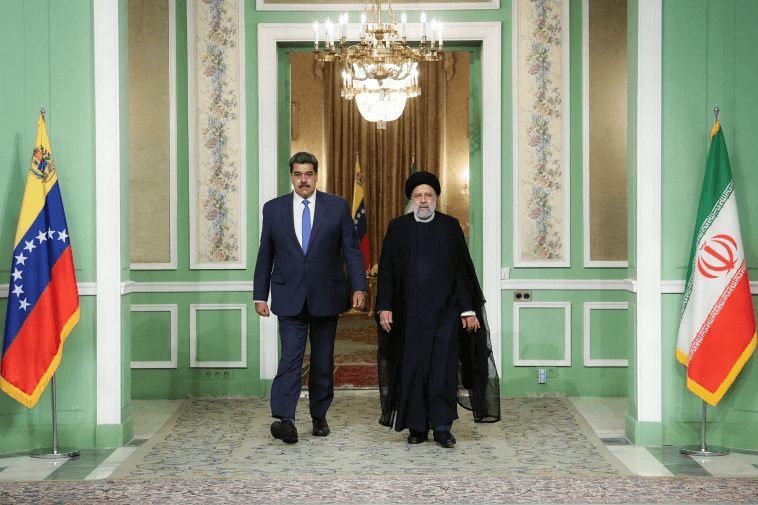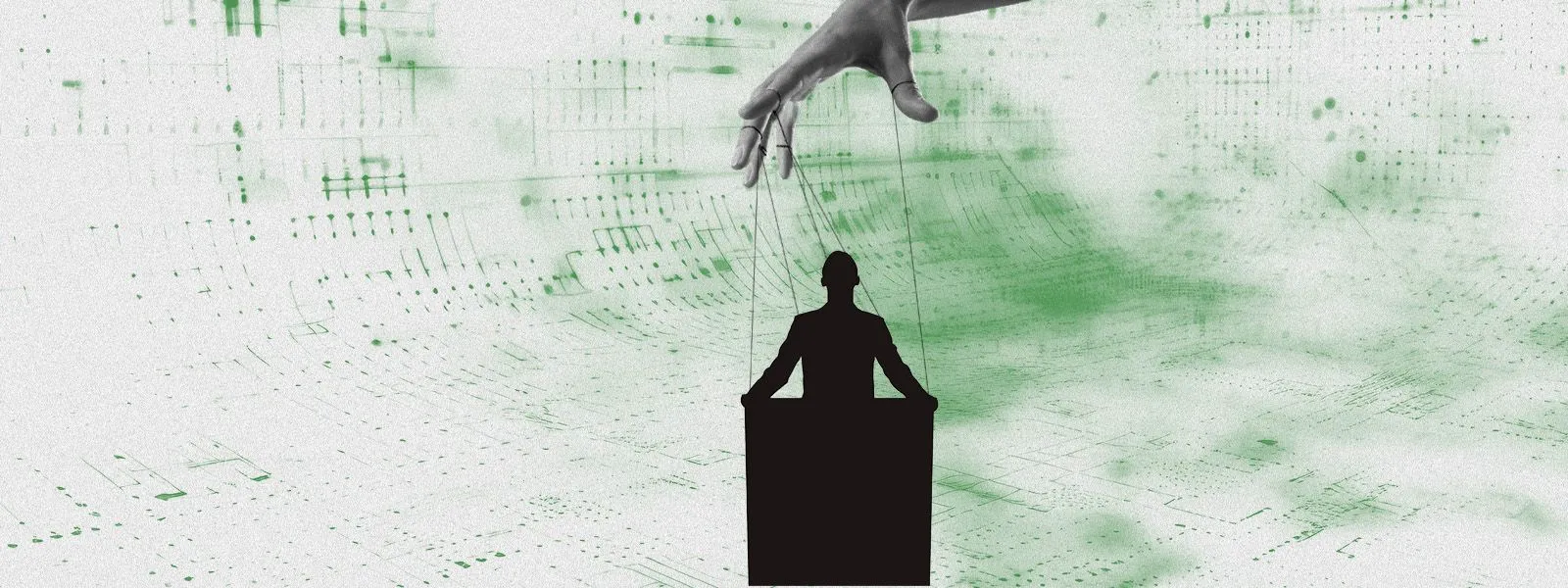Latin America's Second "Pink Tide" Opens Avenues for Iranian Influence

Latin America is currently experiencing a resurgence of the political left and far left, as left-leaning and far-left leaders now govern the majority of countries in the region. We define the start of this resurgence, sometimes termed a second “Pink Tide” — (the first having occurred in the early 2000s) — as December 2018, when Mexican president Andrés Manuel López Obrador entered office; his election was the first in a wave of notable left-wing electoral victories in Latin America. As Latin America trends left, it also increasingly rejects United States (US) influence, which formerly played an outsized role in regional affairs, thereby opening avenues for China, Russia, and Iran to expand their activities in the region. While Chinese and Russian diplomacy and investments in Latin America have been examined extensively, less has been made of Iran’s efforts to deepen its ties to the region. Iran’s activities in Latin America deserve close analysis in light of the Iranian government’s persistently malign and destabilizing activities and its government’s sponsorship of terrorism.
In light of changing leadership in Latin America, Iran has found new opportunities to increase its political and economic footprint — especially in Brazil, Colombia, Argentina, and Chile. At the same time, Iran has strengthened ties with its steadfast allies, Venezuela, Cuba, and Nicaragua. Most notably, Iran and Venezuela have significantly increased their energy trade to circumvent and mitigate sanctions.
 Venezuelan president Nicolás Maduro and Iranian president Ebrahim Raisi meet in Tehran, June 2022 (Source: Aljazeera)
Venezuelan president Nicolás Maduro and Iranian president Ebrahim Raisi meet in Tehran, June 2022 (Source: Aljazeera)
In Latin America, Tehran seeks to expand trade relationships to mitigate the effects of US sanctions and ensure food security, and develop political partnerships to widen its sphere of influence. Iran will almost certainly seek to increase trade relationships, cooperation agreements, and diplomatic engagements with its steadfast allies in the region, and continue to make inroads with powerful democracies led by left-wing governments, especially Brazil, Argentina, Colombia, and Chile.
Iran will very likely continue to capitalize on opportunities presented by left-wing and anti-American leaders in Latin America to further expand its presence in the region, with a focus on energy deals and other economic partnerships. Outside of government-to-government channels, Iran gains influence in the region using online media, including covert state-sponsored information operations on social media and influences Latin American audiences through Iran-backed cultural and religious centers. In June 2022, Iran also applied for membership to the BRICS Union of countries, comprising Brazil, Russia, India, China, and South Africa. If Iran is able to gain membership, it will likely use this status, along with other multilateral bodies, to legitimize its presence in Latin America and appear as a responsible and influential power broker.
To read the entire analysis with endnotes, click here to download the report as a PDF.
Related News & Research



